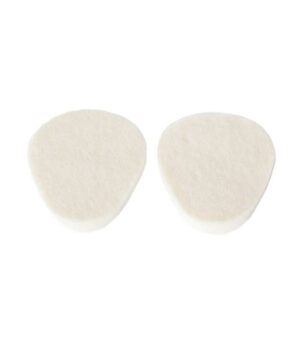Flat Feet
Foot Conditions and Problems
Flat Feet
When the entire bottom surface of the foot contacts the ground, also known as Pes Valgus or Pes Planovalgus,
Cause
Flat Feet are linked to both genetic and environmental factors, such as exposure to conventionally shaped footwear. Footwear that elevates and pushes the big toe out of alignment (ie. almost every athletic shoe and all dress shoes), destabilizes the medial longitudinal arch. Individuals with flexible or less resilient soft tissues will experience increased over-pronation with the integrity of the arch destabilized, causing the arch to permanently fall. Flat feet may be caused by numerous factors or other health problems. Possible causes of this foot condition include:
- Neuromuscular disorders (e.g. cerebral palsy)
- Conditions causing extremely flexible soft tissues
- Tight Achilles tendons (also known as equinogenic flatfoot)
- Tendon injury or illness
- Regular use of footwear with tapered toe boxes and heel elevation
- Carrying excessive body weight
Signs and Symptoms
Typically a painless condition, although more extreme cases may affect lower limb structural alignment, gait, biomechanics and posture. If left unchecked, can lead to abnormal leg alignment and be the indirect cause of ongoing musculoskeletal pain. Some of the most common signs and symptoms associated with flat feet include:
- • Foot pain caused by long periods of standing
• Decreased ability to stand on your toes
• Aches in your heel or arch
• Swelling along your medial longitudinal arch
• Decreased ability to participate in certain sports or athletic activities
Recovery
Treatment depends on the cause and symptoms. Conservative measures can help strengthen and align soft tissues. The most common approaches include:
- Naturally shaped footwear to help distribute bodyweight more appropriately and allow muscles to strengthen
- Strengthening exercises of the foot and lower leg
- Flat feet toe spacers to splint the big toe and foster arch strengthening
- Temporary us of arch supports. While placing the arch in an improved position, long term or chronic use causes muscle atrophy, rendering the foot weak and dependent.














